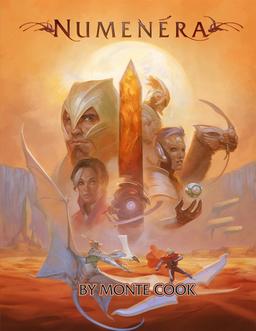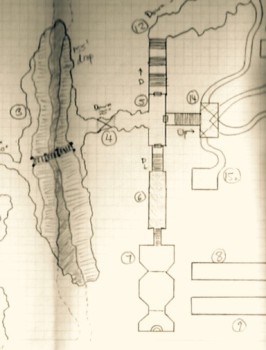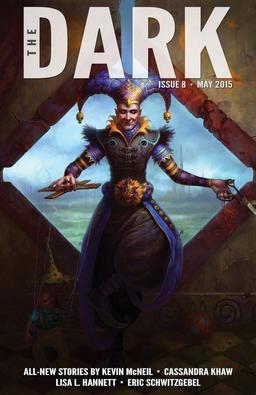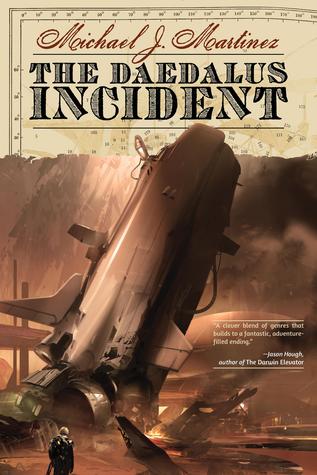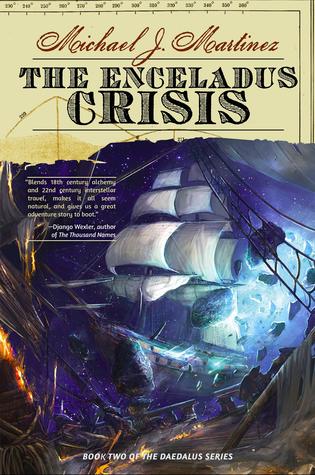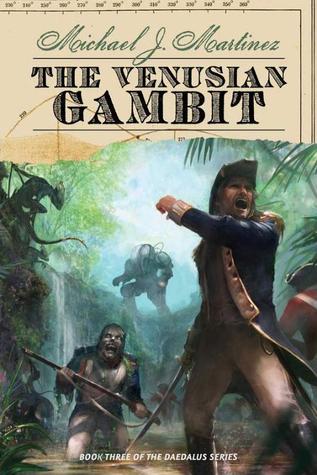The Vorrh, Redux
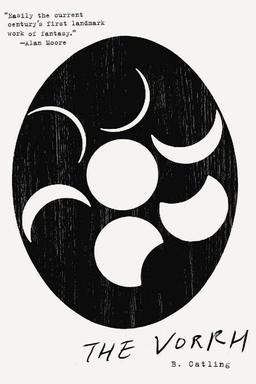 Early in 2013 I wrote a post about The Vorrh, a novel by sculptor, artist, and poet Brian Catling. I thought it was a powerful, fascinating book that defied easy categorisation; epic fantasy or epic horror, magic realism or magic surrealism, it seemed bigger and stranger than whatever one might think to call it. Set mostly in Africa and mostly in the years after World War I, it deals with a forest called the Vorrh, where reality and time and logic become confused. A hunter tries to cross the forest, another man tries to stop him, yet another man tries to stop the second. Meanwhile, in a colonial German city that exists inside the forest, a young cyclops is educated by peculiar automata. Alternating with these plot strands we follow the fictionalised life of the actual Victorian photographer Eadweard Muybridge, as well as the unreal experiences of the quite real French surrealist writer Raymond Roussel, whose equally real 1910 novel Impressions d’Afrique first introduced the Vorrh.
Early in 2013 I wrote a post about The Vorrh, a novel by sculptor, artist, and poet Brian Catling. I thought it was a powerful, fascinating book that defied easy categorisation; epic fantasy or epic horror, magic realism or magic surrealism, it seemed bigger and stranger than whatever one might think to call it. Set mostly in Africa and mostly in the years after World War I, it deals with a forest called the Vorrh, where reality and time and logic become confused. A hunter tries to cross the forest, another man tries to stop him, yet another man tries to stop the second. Meanwhile, in a colonial German city that exists inside the forest, a young cyclops is educated by peculiar automata. Alternating with these plot strands we follow the fictionalised life of the actual Victorian photographer Eadweard Muybridge, as well as the unreal experiences of the quite real French surrealist writer Raymond Roussel, whose equally real 1910 novel Impressions d’Afrique first introduced the Vorrh.
Catling’s novel first came out in late 2012. Now, almost three years later, it’s being republished (as reported here by Black Gate supreme overlord John O’Neil). Catling’s edited the book extensively, slimming it down and moving sections around. He’s also found a new publisher. The original version of the book came from UK small press Honest Publishing; the new one’s published by Vintage.
The edits make a more direct narrative. The maze-like interleaving of scenes and moments has been reworked into an armature of chapters. Crucially, though, much of the original’s tonal strangeness remains. The prose has been pruned of some detail, some paradox, and some side reflections, and this tends to make the story clearer. Many of the losses were fascinating bits of writing in and of themselves, but also complicated sentences, paragraphs, or concepts. Sometimes those complications were worthwhile. But if the new Vorrh is a little less rich, it’s also much more vivid.

